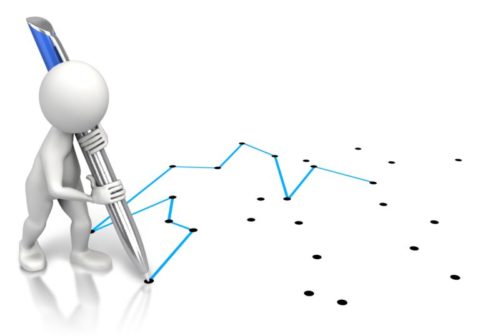
“The part failed!” All plastic parts suppliers have received this frantic call and while you want an explanation and immediate solution, it’s critical to find out exactly what went wrong before beginning to determine how to address the problem.
First, it’s important to know that most failures are due to a series of events. The part may have broken, but what happened before it failed? For example: a crane operator disconnecting the “boom safety slip”, causing severe side loading on the outside sheave rim. The sheave fails, but the disconnection actually caused the failure.
SOME TYPICAL FAILURE MODES:
Heat – The #1 enemy of thermoplastic wear parts and must be properly managed. An immediate signal is when excessive heat the material brown. This is often caused by excessive speed and/or pressure.
Pressure –Pressure alone can cause initial failure which is often seen as distortion at the “over-pressure” point. Remember that plastics are subject to creep over time, especially with relatively low increases in temperature –the safe design criteria for a material is 25% of its ultimate compressive strength
- Additionally, look for misalignment that results in localized pressure
Shock or Impact – This typically results in a “glass fracture” of the material, especially with more crystalline materials such as extruded moly filled nylon or PET based materials
Chemical Attack – Some materials are susceptible to steam, solvents, oils or acids – if so, the surface exposed usually has a distinct appearance
UV Exposure – Some materials become brittle, especially in very thin cross sections. This is usually first seen as surface discoloration.
- NOTE – “black” doesn’t automatically mean UV stabile unless it’s specified as a UV grade
CONTRIBUTING CAUSES
Inadequate Design
- Taking a “robust” design and scale it back to achieve cost or part uniformity goals, reducing safety factor
- Not taking into consideration the abnormal conditions that a component may face. A common example being heavy equipment which can be in service in Northern Alaska or in Arizona.
- not allowing for growth due to heat, moisture, etc
- inappropriate attachment method
Misapplication – A part may work in one application but may not be right for another and lead to failure. For example, nylon sheaves that work for a pipe lifting winch installed where steel sheaves should be used on a top-head rotary mechanism with high fleet angles and severe loads.
“Less Than Optimal” Material Choice – The concept of “should good enough” leaves no margin for error. Think of this one- substituting oil filled nylon for solid lubricant filled nylon– both “lubricated”, but the limiting PV (pressure x velocity) drops from~15,000 to ~6,000.
Mating Surface Issues – Qualifying parts against a given surface then using another in the real world can have consequences. An OEM once got a deal on steel which matched the necessary physical requirements but had so much scale that it severely abraded the nylon wear pads almost immediately.
Raw Material Issues –On rare occasions a mill can ship material that doesn’t meet normal standards. It’s usually caught in fabrication, but not always. Again, with proper safety factors this should not result in catastrophic part failure
Need help with a plastic part issue? Call the pros at WS HAMPSHIRE, we know what to ask to address the issue! You’re in the right place!
Tom Connelly is a self proclaimed “Street Engineer” with over 40 years in the plastics industry.

